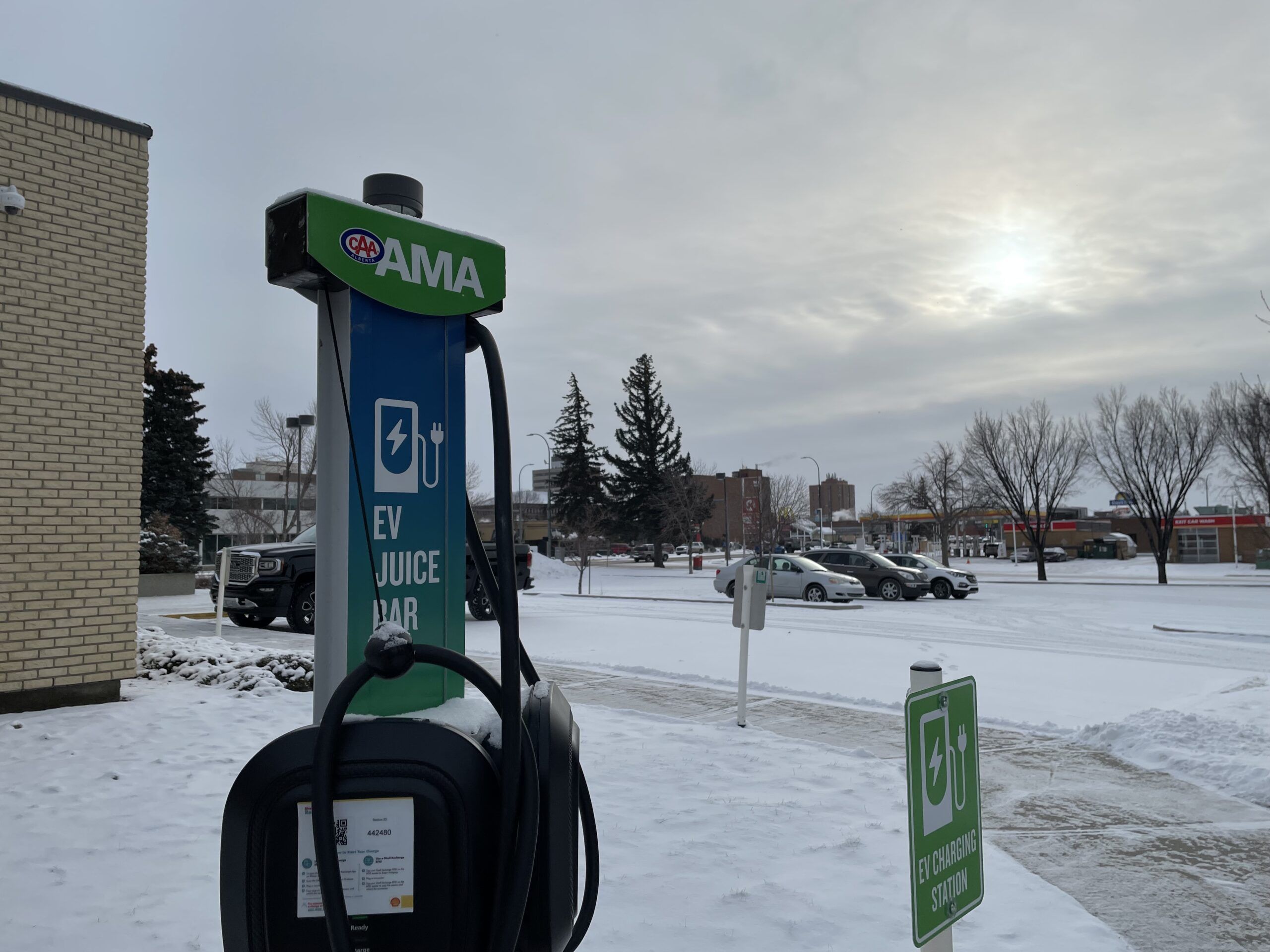A new study shows dipping temperatures play a role in how far electric vehicles can travel on one charge, how long they will stay charged and how long they take to charge.
The Canadian Automobile Association in partnership with the Alberta Motor Association conducted a study that included 14 EV’s with drivers testing how they handle in sub-zero temperatures between Ottawa, Ontario and Mont Tremblant, Quebec. Seven out of the top 10 EV vehicles sold in Canada were included in the study along with one AMA driver.
The vehicles which varied in style were driven in temperatures of -7 and -15 degrees Celsius, with each vehicle being driven until the battery was completely drained of power “to determine real-world range in winter conditions.”
The results showed the vehicles drove 14 to 39 per cent less than their official range published by Natural Resources Canada. The Chevrolet Silverado EV and the Polestar 2 both reported the best performance seeing the lowest decrease in their driving distance.
Associate Vice-President of Operations for AMA Colin Fritz, says this information is important to educate not only current EV owners but also those considering making the switch in the future.
“Living in Alberta, we know electric vehicles need to endure the same harsh conditions that we do. But until now, there was limited Canadian data for how EVs perform in cold temperatures,” Fritz says. “Overall, these results highlight the need for greater transparency and accuracy when it comes to advertised range in EVs—especially in Alberta, where vehicles experience greater cold stress.”
He adds in partnership with the CAA a call is being made for a standardized Canadian EV-labeling system which includes winter driving performance instead of just the standard average.
Another part of the test was seeing how fast a vehicle charged in the cold and how far a vehicle could drive after 15-minutes on a DC fast-charger. The study showed the Tesla Model 3 was the fastest charging, adding over 200 km.







